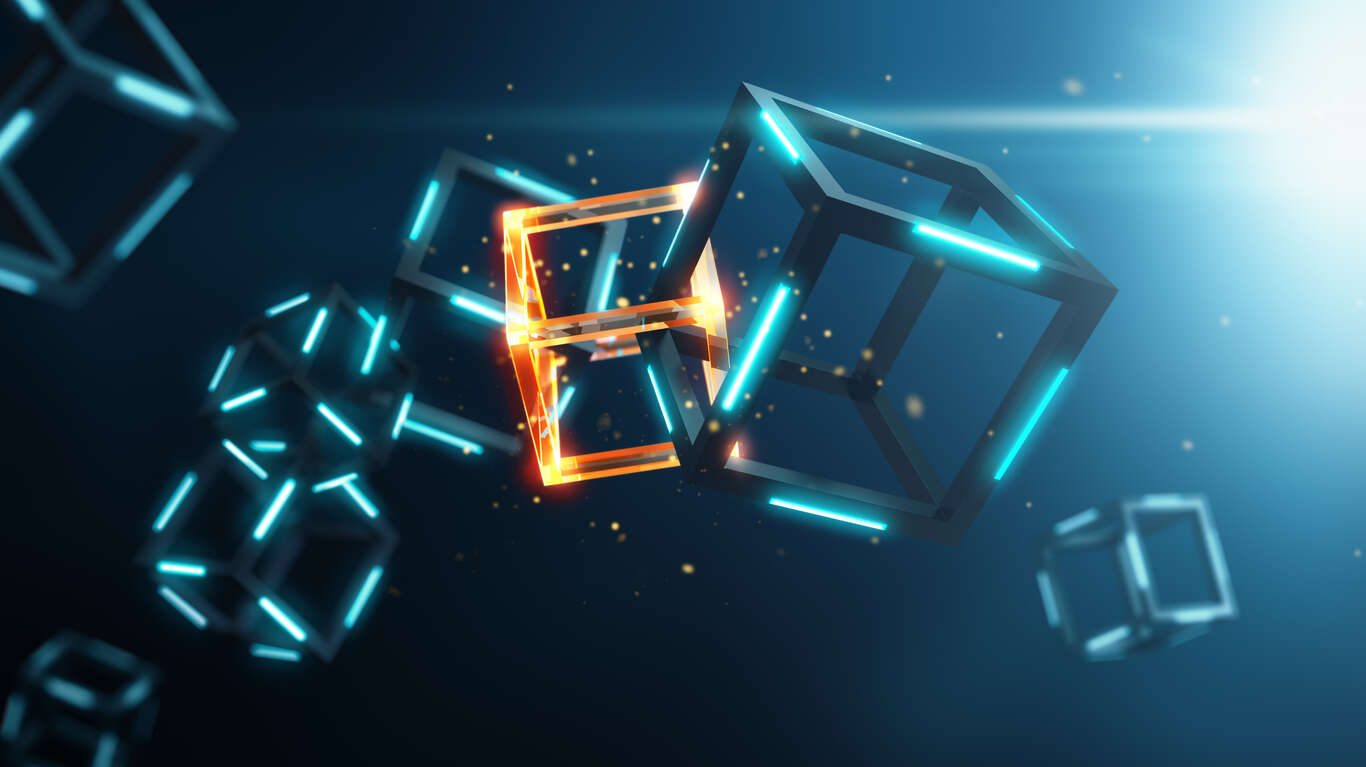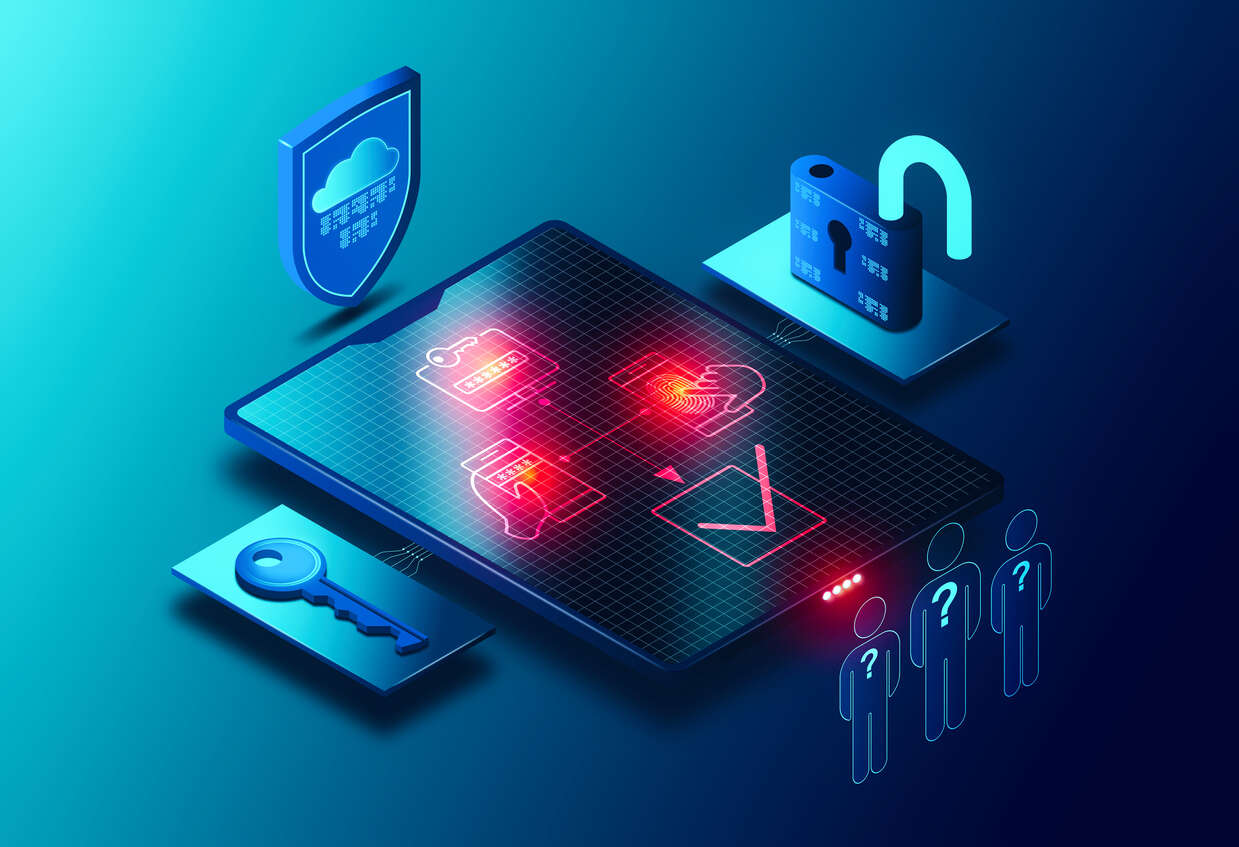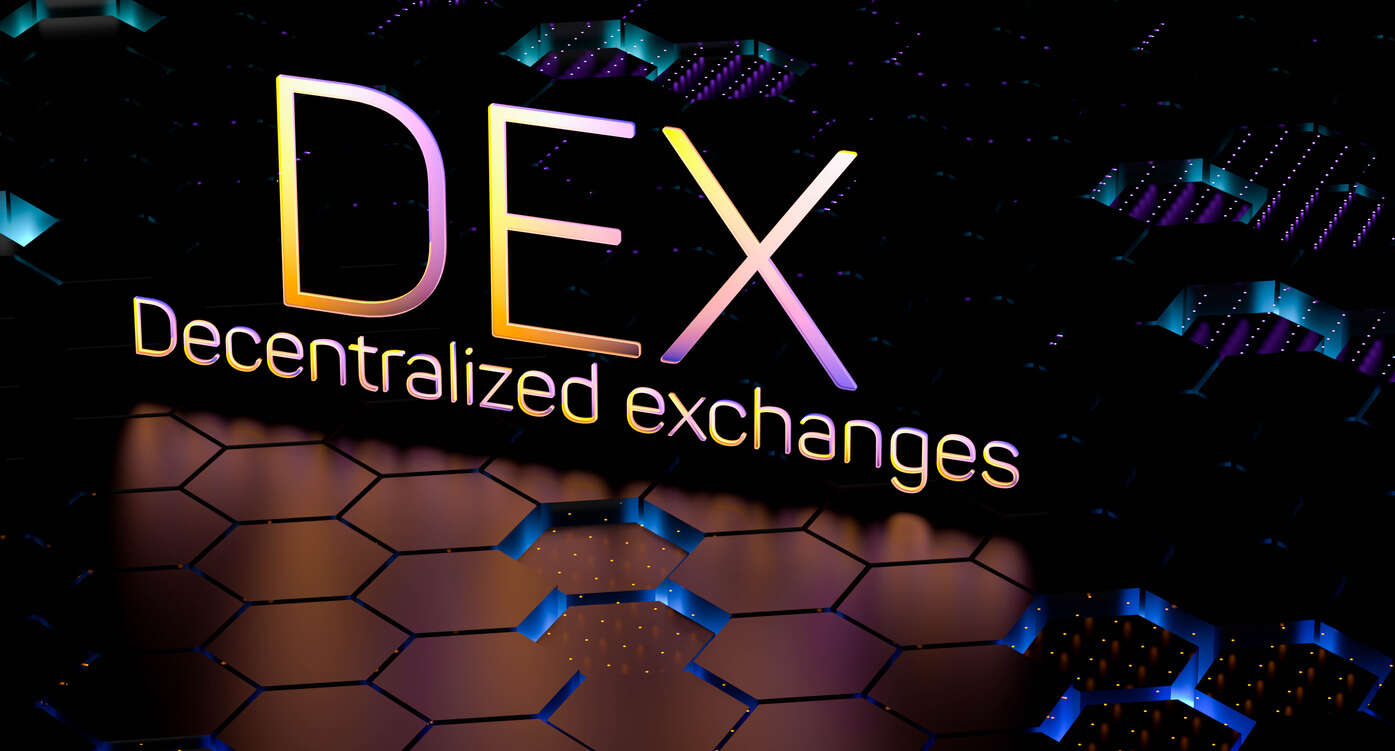DeFi BEYOND THE HYPE
A deep understanding of DeFi is still lacking in many circles, which calls for a specific framework for an improved working knowledge of the technology. Therefore, in this lesson, we introduce an overview of DeFi and its features.

The overall DeFi ecosystem appears as a composite and somewhat fragmented collection of individual subsystems, each built on top of one DLT with specific technical features that delineate and delimit the design choices of the financial protocols that can be implemented on it.
At the time of writing, Ethereum represents the most relevant DeFi subecosystem, both in terms of value locked and relevance of financial protocols built on top of it.
Decentralized Finance (DeFi) offers on-chain financial services such as borrowing, lending, or investing without relying on a traditional centralized financial intermediary.
DeFi applications strive for disintermediation and censorship resistance, with partial success. They are often realized as open-source software and enable governance models that let arbitrary stakeholders participate in decision-making processes.
Technically, such services are implemented as executable software programs called smart contracts whose execution is automated, ensuring deterministic outcomes. These programs are then deployed on smart contract-enabling distributed ledger technologies (DLTs) such as Ethereum or Tron.

Interest in DeFi rose sharply in 2020 and, during its peak in 2021, reached a total value locked (TVL) of more than 150 billion USD. It is still unclear if and to what extent DeFi will proliferate in the future. Today even most cryptocurrency trading happens off-chain on centralized crypto exchanges, which does not constitute DeFi.
Recent episodes of market turmoil have led to a discussion on whether and how DeFi industry should be regulated.
Nevertheless, we consider DeFi a relevant development because it harnesses innovative technology that might shape the future financial ecosystem. This innovation can be traced back to the following 3 fundamental characteristics, which are of interest well beyond cryptocurrency markets.

- First is the algorithmic automation of financial activity, such as market-making, supporting the pooling of assets of small and large-scale actors alike. In the best case, such algorithmic services might reduce inefficiencies while being transparent to all parties, also allowing users to retain full control over their funds.
- Second is enabling a novel form of competitive financial engineering, reinforced by what are known as “DeFi compositions” where financial service providers can combine the financial functions of several DeFi protocols to offer novel, complex, without being dependent on any single intermediary. This is possible because DeFi protocols are, in essence, computer programs that can automatically call on other computer programs.
- Third, and related to the previous aspects, DeFi could be a blueprint of how technology can enable new forms of openness to the financial sector.
One could envision making use of the underlying technology in the current financial system to provide stability and scale for programmable finance ecosystems.
However, DeFi introduces enormous technological and economic complexity that makes the interpretation and risk assessment of DeFi financial products increasingly difficult.

A systematic evaluation of these aspects is needed for everyone. Recent research has shown how DeFi is subject to common risks :
- lending protocols can become insufficiently collateralized or insolvent.
- Furthermore, the promises of transparency and stability in DeFi are not necessarily guaranteed, as is exemplified by investigations into the Tether stablecoin.
- DeFi integrates technical, financial, and socio-economic complexity in an unprecedented way.
This development could be neglected while DeFi was still a niche phenomenon without ties to the fiat system. However, with the increasing integration of cryptoassets with the traditional f inancial sector, we require novel methods to identify and understand the risks associated with these developments.
In the next lesson, we will discuss the main actors of AMM-based DEX. #followus !!
